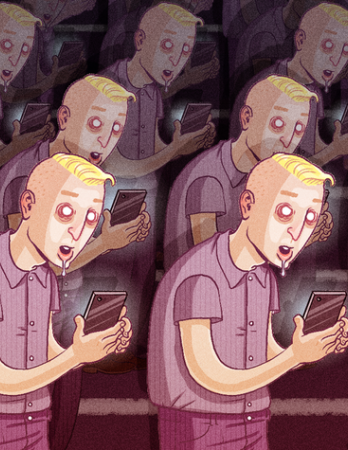
Having now read McGilchrist and his model of the divided brain, I keep finding other sources that both confirm and broaden his basic model. I wrote about Leonard Shlain’s Leonardo’s Brain in a recent post. Now I have another source to add. I have just finished Brain and Culture, by Bruce Wexler. (The MIT Press, 2006) While not specially about the divided brain, Wexler adds more dimensions to the divided brain model.
He describes the way the brain develops that supports McGilchrist’s work, which is largely about the fully developed adult brain. Wexler is particularly interested in how the external world shapes the brain during its development. One key piece is, “During the first part of life, the brain and mind are highly plastic, require sensory input to grow and develop, and shape themselves to the major recurring feature of their environments.” Given that individuals develop under a large variety of familial and cultural circumstances, he observes that, compared to other species, “…great increase in functional variability among individuals that results from environmental influences on the brain.” Addressing the long-standing arguments over the role of nature (genes) and nurture (environment), he claims they are indistinguishable: “The relationship between the individual and the environment is so extensive that it almost overstates the distinction between the two to speak of a relationship at all.”
Shlain in a second book, The Alphabet versus the Gods, following this general line, makes the argument that the arrival of writing led to a shift from the dominance of the right hemisphere to the left with profound impact on culture. He shows that a shift from a right-brain, caring, matriarchal culture followed the appearance of alphabetic symbols in Mesopotamia around 3000 B.C. Relics from earlier cultures depicted gods as feminine. By around 1700 B.C., the symbolic role of women as central changed to patriarchal, simultaneously with advances in literacy exemplified by the code of Hammurabi, the earliest instance of written societal rules.
The earliest humans were hunter/gathers, a mode of survival that relied on left-brain attention functions that were focused, rigid, contained, grasping, and enabling of control and specificity. This changed as the hunting/gathering was superseded by agriculture and animal husbandry, activities that required a different set of cognitive skills. The right-brain’s modes of attention – broad, flexible, persistence/sustained, and exploring – were better suited for the activities involved. I am still in the midst of reading The Alphabet… and expect to have more to say about it in later posts.
The great plasticity of the brain to change its structure with experience, that is, with the history of the sensory signals that arrive provides clues to the findings of Sherry Turkle in her 2015 book, Reclaiming Conversation: The Power to talk in a Digital Age, on the impact of mobile devices and social media on current younger people. She finds that the pervasiveness of these devices has changed the way many young people converse. She sees a loss in the ability to communicate in her research.
Face-to-face conversation is the most human — and humanizing — thing we do. … It’s where we develop the capacity for empathy. It’s where we experience the joy of being heard, of being understood.
Wexler would not be surprised. He writes,
In recent years the rapid development and dissemination of largely nonverbal electronic games, which are often interactive, has created a new and fundamentally different mode of social shaping of brain development. (106)
These new, electronic activities have the potential to substantially alter the functional configuration of adult human brains. (107)
Much to chew on here, so I will stop and let you think about the implications for you.